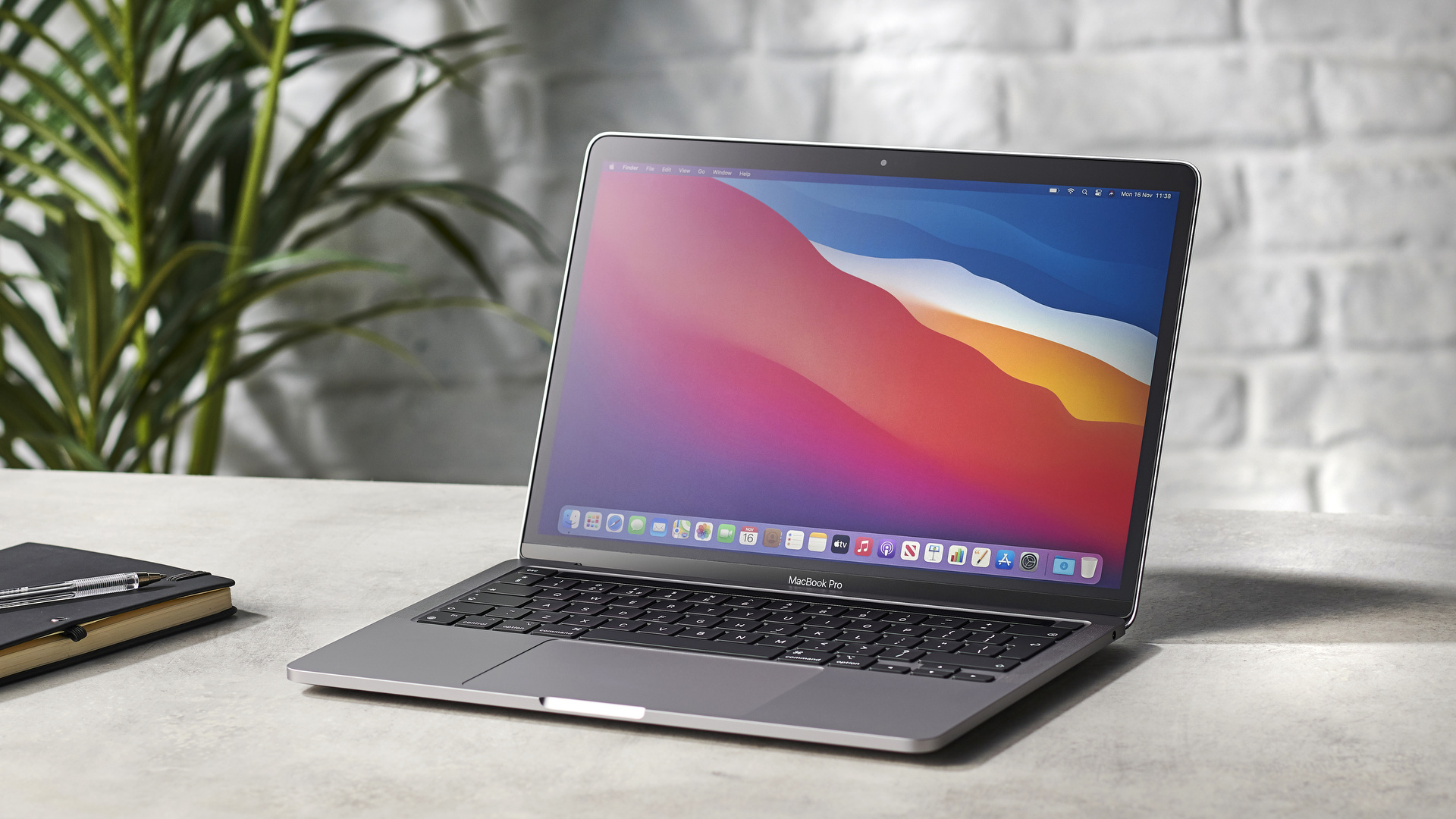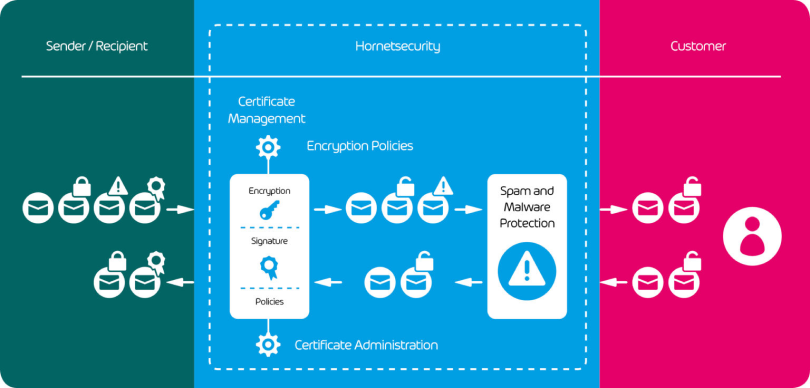

- ENCRYPT FILE FOR EMAIL MAC HOW TO
- ENCRYPT FILE FOR EMAIL MAC INSTALL
- ENCRYPT FILE FOR EMAIL MAC CODE
You'll be relieved to know that OME does not involve certificates at all – in fact, Office 365 Message Encryption is pretty straightforward in comparison to S/MIME. Ultimately, your recipient will need to have S/MIME ready to go on their device, but so long as you've both exchanged certificates, emails will be automatically decrypted and ready to read. How does the recipient read an Outlook email encrypted by S/MIME?Īs mentioned above, there are a lot of hoops to jump through before you or your intended recipient can send and or receive S/MIME emails.
ENCRYPT FILE FOR EMAIL MAC HOW TO
If you want to find more about encrypting attachments, check out our guide on how to send a secure email attachment. So, keep your subjects brief and don't include anything you wouldn't want to be intercepted.

ENCRYPT FILE FOR EMAIL MAC INSTALL
Once you have your password, the first thing you'll need to do is back it up somewhere! You won't want to purchase a new one if you lose it, or if you install Outlook on a different device. You can follow the links that Outlook provides to get your hands on one, or do your own research to find a certifier online. Once you have your password, the first thing you'll need to do is back it up somewhere!īefore you send or receive any emails via S/MIME, you and your recipient are going to need a digital certificate (also known as a digital ID). How to use S/MIME encryption on Outlook Emails Now that our whistle-stop tour of Outlook's encryption has come to a stop, let's take a closer look at just how to get these encryption methods setup and running. No certificates, no codes, regardless of the mail service your recipient is using. Then, sending encrypted emails is as simple as clicking one button.There's a number of them available – at varying costs – and all it takes is a quick installation and a few clicks to get setup. This is where third-party encryption services come in handy. So, considering some of the pitfalls that come along with S/MIME and OME, you might not be champing at the bit to use either method. What about Encryption Add-ons for Outlook Although, OME can successfully send encrypted emails to recipients using email clients other than Outlook!.Some recipients won't have a problem with this, whereas others may struggle to understand what's asked of them, or be unable to presently confirm their identity.
ENCRYPT FILE FOR EMAIL MAC CODE
OME requires recipients to either sign in to an Office 365 account or confirm their identity via a single-use password, sent as a code to a mobile device or email account. Whilst sending encrypted emails via OME is straightforward, your recipients will have a bit of work to do to access the message. You will need a valid subscription, however, which can set you back a pretty penny. With Office 365 Encryption, you won't need any certificates to send encrypted messages. All in all, S/MIME is probably only going to be used effectively by folks whose workplaces already have it set up.It's a lot of legwork, and to make matters worse, S/MIME can be rendered totally ineffective if an encryption key gets lost or falls into the wrong hands. S/MIME requires that you acquire a certificate to validate your identity and, of course, requires that your recipient have one, too. S/MIME encryption can be tricky to configure – namely because your intended recipient will need to be using an email service that supports S/MIME and have it set up and ready to rock. We'll take a brief look at each method below, then dive into some step-by-step setup guides later in the article. The recipient of your message will therefore require the private key that matches up with the public one – or else they won't be able to see what you've written!Ĭurrently, there are three ways to encrypt Outlook emails. Encryption requires the use of a set of keys – a public key (used to do the encrypting) and a private one (used for both encrypting and decrypting). When you encrypt an email, you're turning it into undecipherable ciphertext, whereas before it was plain text anybody could read. First thing's first, it's a good idea to get an idea of what encrypting an email actually entails.


 0 kommentar(er)
0 kommentar(er)
